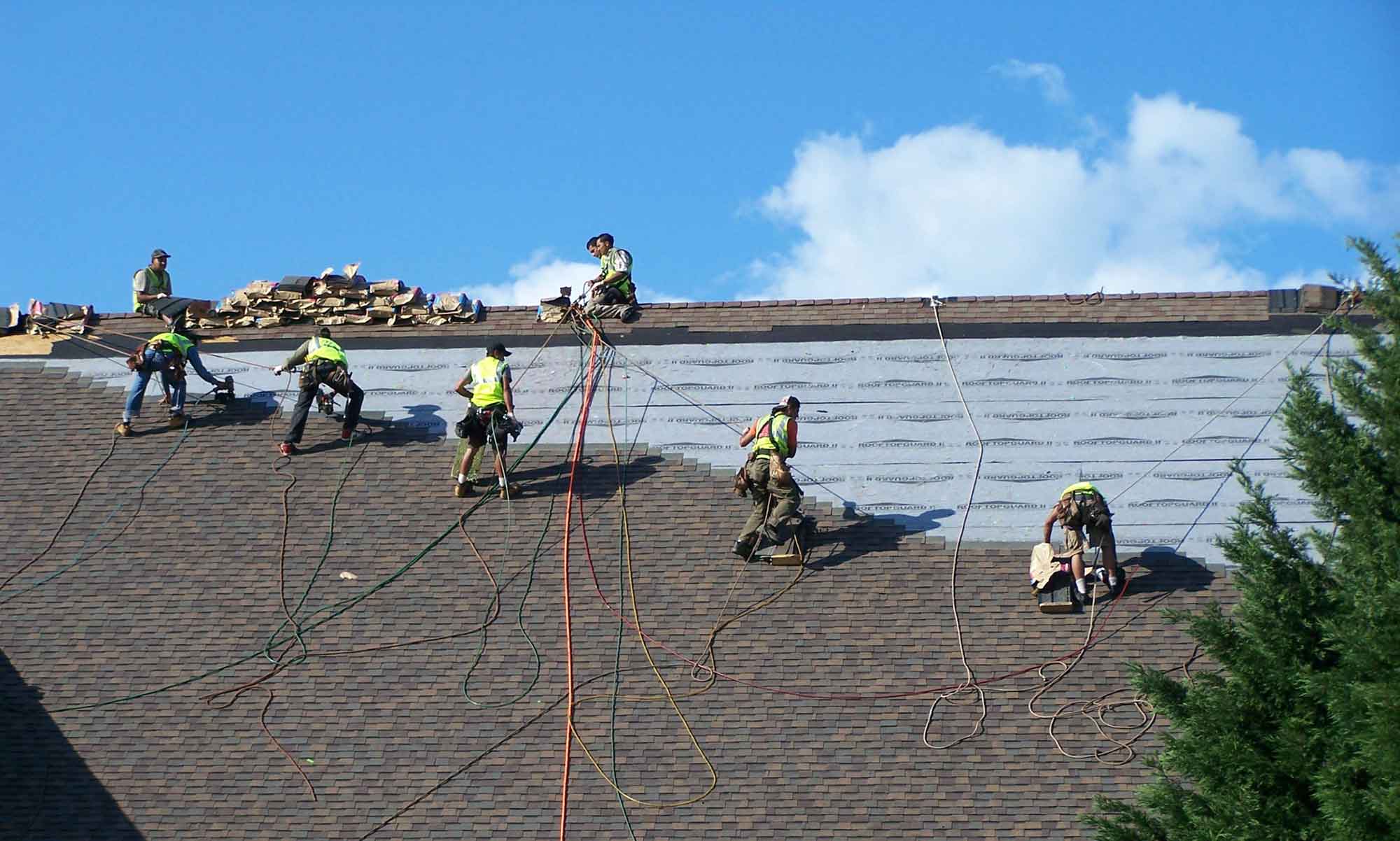22 Dec 5 Common Causes of Roof Damage You May Not Be Aware Of
5 Common Causes of Roof Damage You May Not Be Aware Of
Protecting your roof is one of your main priorities as a homeowner. Not only can roof repairs or an entire residential roof replacement be costly, but a stable and reliable roof also provides your home protection from the elements and is energy efficient. As part of your seasonal home maintenance, you want to be sure your roof is safe, secure, and not experiencing any damage that could put it at risk.
How do you ensure your roof is protected and not receiving damage you can’t see? Here are five common causes of roof damage you may not be aware of. These issues, left unresolved, can cause bigger issues later, costing you time and money. Stay on top of roof repair services by minimizing roof damage as much as possible by watching out for these five common causes of roof damage.
1) An Improper Roof Installation Leads to Needing Residential Roof Replacements
You may not be aware, but a do-it-yourself roof repair could be causing major roof damage that you are not aware of yet. As a homeowner, the temptation is strong to save money where you can, especially if you already have complementary skill sets to construction and home repairs. Unless you are a roofing contractor, however, trying to save money with a DIY roof repair could be leading to more damage you can’t see.
The risks of completing a roof repair service without a roofing company can include:
- Unseen leaks that continue to damage your roof and interior
- Improperly sealed shingles that can cause leaks, host mold, or become damaged during extreme weather
- Lower-grade materials that weaken before the rest of the roof
- Damage to the integrity of the roof supports
- Recycling damaged materials that compromises the roof
- Incorrectly overlaying shingles leading to leaks or gaps
- Using too many, or too few, nails
- Voiding your warranty for covered repairs later on
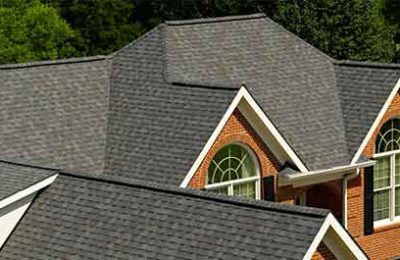
2) Residential Roof Replacements Are Often Caused by Wind
The wind is one of the most common causes of roof damage that homeowners don’t consider. While you may think to inspect your roof after a major thunderstorm, wind storms alone can also cause severe damage. The best roofing companies will advise you to always check your roof, when safe to do so, after a wind storm. This is because the force of the wind can have a large impact on your roof.
Wind damage can include:
- Felled tree branches and other debris on your roof
- Loose shingles
- Loss of shingles
- Weakened adhesive
- Peeling shingles
- Granule loss, causing a weakened structure
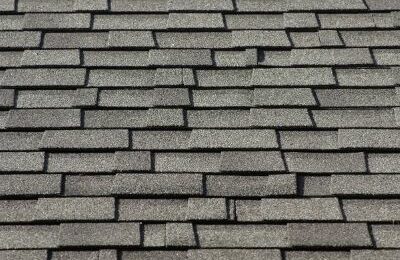
3) Hail is a Reason for Many Residential Roof Repairs
Although most people know hail can cause a lot of damage, they often don’t follow-up with a roof inspection after a hail storm. Sometimes, you may not even know you had a hail storm, as hail is often mixed in with heavy rain or snowstorms. If your roof is separated from your living space by an attic or several floors, you may not hear the sound of hail and know to look for damage the next morning.
Any time you experience a major storm, you should check for hail damage. Hail damage can weaken shingles, cause gaps for leaks, and wreck flashing. It’s worth the few minutes to check your roof after a storm to ensure you haven’t received excessive hail damage.
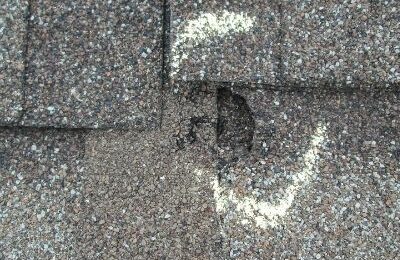
4) Neglect of Proper Roof Repair Services or Improper Maintenance
How often do you check your roof for leaks, damage, peeling shingles, or other issues? It’s probably not as often as it should be. Many homeowners assume that they will know when they’re facing roof repairs, like spotting leaks or seeing ruined shingles from the yard.
You should be having annual roof inspections, however, if not seasonal. A roofing professional can check for damage or weak spots before larger issues occur. If you’re not hiring a roofing professional for the inspection, you should become familiar with your roof, the thickness and quality of your shingles, how the adhesive works, and what peeling shingles look like.
Being able to spot differences in your roof’s appearance and integrity is critical to staying on top of roof repair services before they can cause major interior damage.
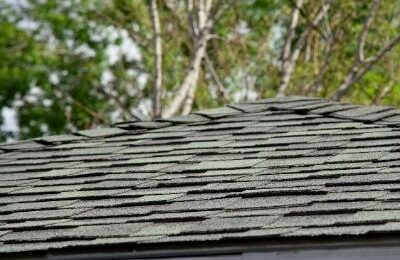
5) Improper Care or Disregard for a Roof’s Stability Can Lead to Roof Repairs
Roofs are meant to be strong and stable, but how and when you walk on your roof or work on your roof can cause issues you may not be aware of.
Not noticing weakened spots can cause damage to the structure of your roof, weakening shingles or supports underneath. You may also be putting your roof at risk by walking on it after extreme weather conditions — not only storms, but high heat that can damage the granules on shingles, as well.
You also need to be aware of how and when you’re hanging holiday decorations, including lights for Christmas and Halloween. Small tasks that you may not think are damaging your roof are actually causing weak spots or damaging already weakened portions of your roof.

Stay Ahead of Residential Roof Replacements and Repair Services
Worried about your roof and any damage it may have received? The best roofing companies will come out and help evaluate the damage so you know what roof repairs you are facing. We help educate you on what damages you have, what caused the damages, and how you can prevent them in the future.
If it’s been a while since you’ve had a roof inspection, now is the time to schedule one! Don’t wait for a leak or major damage be your clue that something is wrong, stay ahead so you can save yourself time and money on residential roof repairs.

